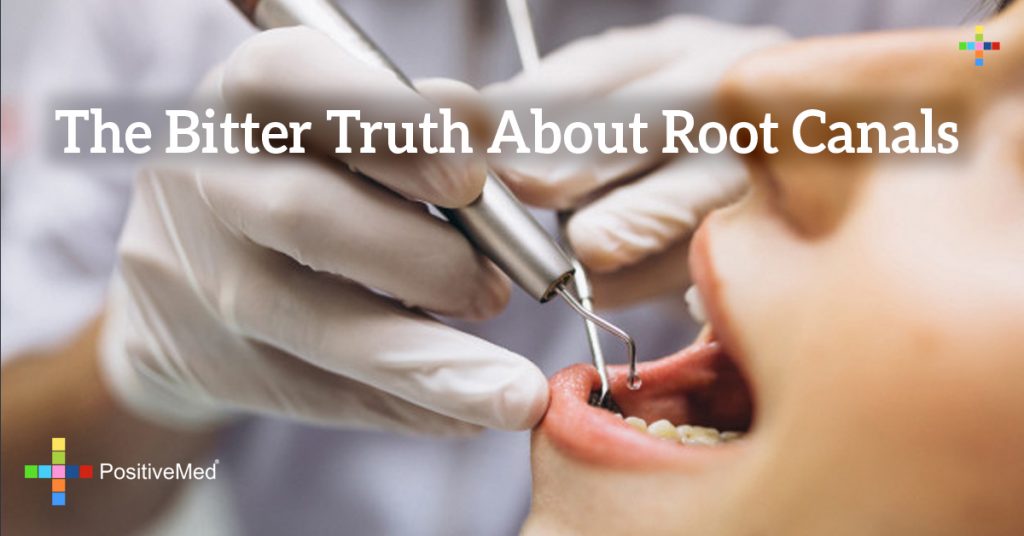
The Bitter Truth About Root Canals
Root canals have long been a point of concern for many dental experts. The process of a root canal leaves the body vulnerable to many harmful types of bacteria that originate from root canals. These bacteria can harm the nervous system and lead to various autoimmune disorders.
These dangers have been known for many years. In 1922, Dr. Weston Price published a textbook on root canals and their dangers. However, the American Dental Association has continued to deny that these dangers exist. Interestingly, they do so without presenting evidence to the contrary.

Root canals are common procedures that many dentists perform when patients complain of severe toothache, pain or swelling in the gums, and prolonged sensitivity to hot or cold temperatures. It is difficult to estimate how many root canals are currently being conducted, but a comprehensive study in 2005 and 2006 found that an estimated 15.1 million root canal treatments were completed in the previous year.
Root canals involve removing the nerve and pulp from the inner chamber of a tooth, removing any damaged tissue, filling the empty cavity with a rubber material called gutta-percha, and then sealing the tooth.
This common practice of extracting the nerve and pulp of the tooth is incomplete, however. First of all, experts like Dr. Price have pointed out that in addition to the tooth’s one to four major canals, there are up to 75 more accessory canals found throughout the tooth. These accessory canals are small branches that cut through the tooth, and due to their size they cannot be cleaned out during any type of dental procedure, including a root canal. As a result, they end up being havens for bacteria and are locations where dead, or necrotic, tissue is likely to be found.
Secondly, Dr. Price found that canals actually cannot be permanently sterilized. In a landmark experiment, he studied 1,000 extracted teeth. He cleaned the pulp out from the inside of the teeth, filled them with wax, and sterilized them using 40 different types of strong chemicals. After two days, he found that all but ten of the teeth tested positive for toxic bacteria. This bacterial presence can be attributed to the fact that the dentin of a tooth is not completely solid. Instead, it is made up of thousands of dentinal tubules which can house bacteria. Even though the main canals were sealed in the experimental teeth, the bacteria remained inside the tubules and then migrated back into the pulp chamber or down to the periodontal ligament where the fibers from the tooth intertwine with fibers from the bone. While it may seem as if the pulp chamber would be closed off to the entry of any bacteria, there is actually a small gap as the material used to fill the space of the pulp chamber shrinks after the root canal process.
For these reasons, people should be wary of root canals. They leave behind damaged tissue and bacteria, which can cause potentially more danger if left untreated.





